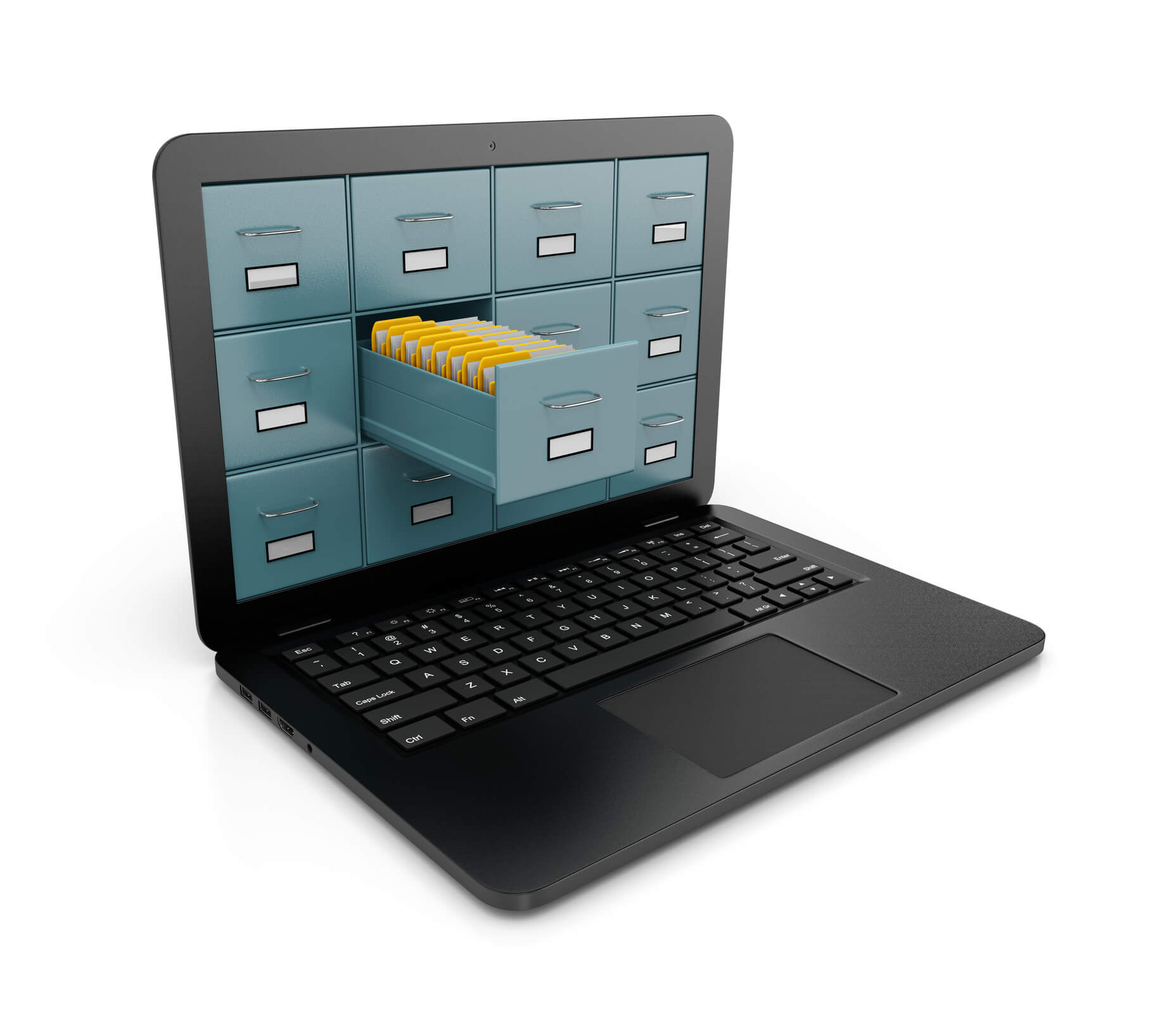The use of shared drives is becoming more common among small businesses. Thus, many users are required to browse through internal filling systems. Such shared drives are like a modern-day version of physical filing cabinets. Back in the day, secretaries were experts at setting up systems for proper internal filing, using well-established nomenclature. Any filing system in the modern-day needs to allow its users to navigate with ease and intuition.
Common nomenclature pitfalls
The naming conventions developed naturally depend on what kind of industry you are in, along with the type of data you categorize. The following outlines a few essential tips you can adapt to organize your filing system.
Avoid the use of symbols

In file names, steer clear of using characters such as @ or &, limiting their use to folder names. Only use symbols if the service is employed officially in your company. As an example, take a department called Accounts & Finance. Using the character ‘&’ would be appropriate in their designated folder. Meanwhile, another department called social media and Marketing (note the use of ‘and’ instead of ‘&’), abbreviating ‘and’ to ‘&’ should be avoided.
If having such characters in the names of specific folders causes any trouble, it will be easy to change because only a few folders would contain them. The use of symbols in file names, however, is something that should never be practiced. It makes searching for specific files a hassle. In addition, new software that might not support the use of symbols could result in a nightmare of having to rename hundreds or even thousands of files.

Avoid abbreviations
Abbreviations are a big no-no. Your nomenclature system should not include them unless and until a particular abbreviation is commonly used. Specific departments in many organizations have their jargon abbreviations. If such abbreviations are used in file naming, it might create problems for other departments wishing to retrieve any data. Another thing that should be kept in mind while naming files is the convenience of future users who may want to retrieve the data. Doing this will avoid using abbreviations, which might be commonly used today, but may not be widely known among company members after some time.
The use of spaces
Standardize your company policy for spaces. Consistency is critical, and you need to make sure that everyone in your company uses the same format for areas. There are three different options when it comes to standardizing the policy on sites:
- Using spaces in filenames
- Complete omission of spaces
- The traditional method of replacing areas with the ‘_’ symbol
Whatever you choose, make sure that all users know the policy and that the naming of files is as consistent as possible.

Establishing a standardized and comprehensive structure for hierarchy
Standardization helps users in navigating through the filing system. It also lets users know the proper method of filing things. Standardization can be different for every organization, but here is a basic structure with which you can begin thinking of your strategy for standardization.
Tier 1:
To develop the first tier, you should investigate your company’s organizational structure. Most businesses with a centralized system organize files and folders by the department. Companies that operate at different locations might have their files sorted into areas and then into departments.
Tier 2:
The second tier of your hierarchy can consist of project categories that each department handles. For example, your marketing department might have three dimensions for their projects: Online Marketing, Offline Marketing, Customer Retention, etc. An accounting department might have separate folders for payroll, bookkeeping, taxes, etc.
Tier 3:
The third tier is usually based on time. The period varies from department to department and company to company. This could be in days, weeks, months, quarters, years, etc.
It is essential to discuss the requirement with relevant heads of departments to better optimize the third tier for each department. For example, accounting and finance may need folders for fiscal years and quarters, while the operations department may need daily and monthly folders.
Tier 4:
This is the final tier and would include files. The naming of files in tier 4 should be consistent, and every employee who uses the filing system should be aware of the set standards for file naming, i.e., the Nomenclature System.
 About Complete Controller® – America’s Bookkeeping Experts Complete Controller is the Nation’s Leader in virtual bookkeeping, providing service to businesses and households alike. Utilizing Complete Controller’s technology, clients gain access to a cloud platform where their QuickBooks™️ file, critical financial documents, and back-office tools are hosted in an efficient SSO environment. Complete Controller’s team of certified US-based accounting professionals provide bookkeeping, record storage, performance reporting, and controller services including training, cash-flow management, budgeting and forecasting, process and controls advisement, and bill-pay. With flat-rate service plans, Complete Controller is the most cost-effective expert accounting solution for business, family-office, trusts, and households of any size or complexity.
About Complete Controller® – America’s Bookkeeping Experts Complete Controller is the Nation’s Leader in virtual bookkeeping, providing service to businesses and households alike. Utilizing Complete Controller’s technology, clients gain access to a cloud platform where their QuickBooks™️ file, critical financial documents, and back-office tools are hosted in an efficient SSO environment. Complete Controller’s team of certified US-based accounting professionals provide bookkeeping, record storage, performance reporting, and controller services including training, cash-flow management, budgeting and forecasting, process and controls advisement, and bill-pay. With flat-rate service plans, Complete Controller is the most cost-effective expert accounting solution for business, family-office, trusts, and households of any size or complexity.




